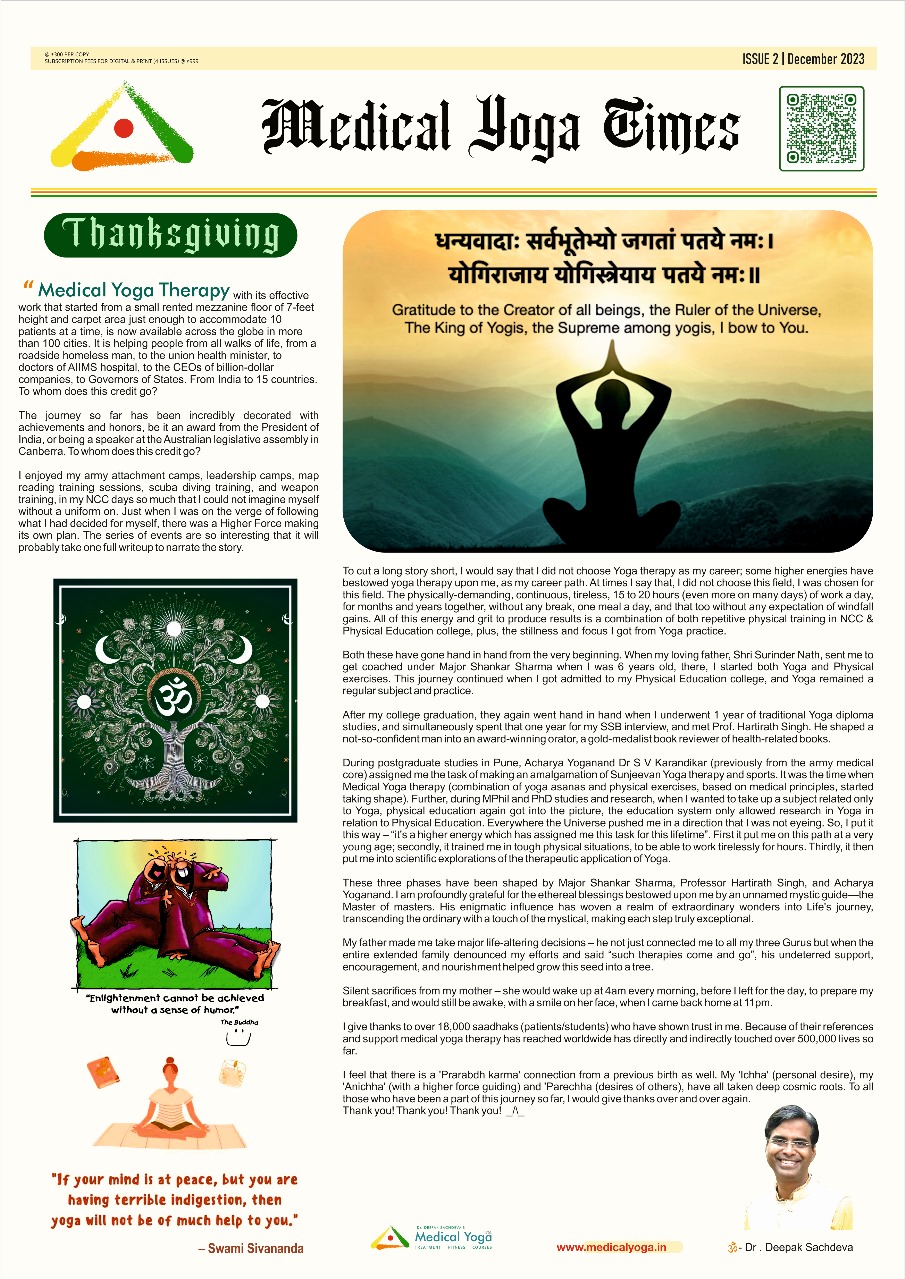Text Neck Syndrome

Text Neck Syndrome: The Hidden Cost of Screen Time
Do you often massage your neck, after having been on your phone or laptop for hours? That discomfort may not be just a minor strain — it could be Text Neck Syndrome (TNS).
What is Text Neck Syndrome (“TNS”)?
TNS is a modern health issue caused by prolonged forward bending of the neck while using digital devices. The average human head weighs about 5 kg, but when tilted at a 45-degree angle, it exerts nearly 22 kg of force on the neck. This repeated stress leads to stiffness, pain, and, in severe cases, long-term spinal problems.
Alarming Facts About TNS
â— Studies show that an average person spends 4-5 hours daily on their phone, leading to nearly 1,400 hours of excess stress on the neck per year.
â— The number of people experiencing neck pain has increased by 60% in the last decade due to prolonged screen time.
â— Research links prolonged neck flexion to chronic musculoskeletal disorders.
Signs You Might Have TNS
â— Frequent neck pain or stiffness
â— Shoulder tightness
â— Reduced range of motion
â— Headaches that start at the base of the skull
â— Numbness or tingling in the arms
How to Prevent and Fix TNS
â— Keep Your Screen at Eye Level
Avoid tilting your head forward. Your monitor’s bottom edge should be at or slightly above eye level.
â— Take Regular Breaks
Follow the DS 30-30 rule—take a 30-second break every 30 minutes to reduce neck strain.
â— Strengthen the Neck and Shoulders
Simple exercises can help:
Chin Tucks – Pull chin slightly backward to align the spine.
Neck Tilts – Tilt head side to side, holding for 10 seconds.
Shoulder Rolls – Roll shoulders up, back, and down slowly.
Improve Posture
Sitting upright with shoulders relaxed and back straight or infact 100-110 degree prevents unnecessary strain.
Use Voice Commands and Hands-Free Devices
Reducing the need to look down at a screen by using voice-to-text features or hands-free calling can significantly reduce neck strain.
The increasing reliance on digital devices makes Text Neck Syndrome a growing concern. However, small changes in posture, frequent breaks, and simple exercises can prevent long-term discomfort. Technology is here to stay, but so is the need for maintaining spinal health.
Article by Rashmi Kedia
.jpeg)



